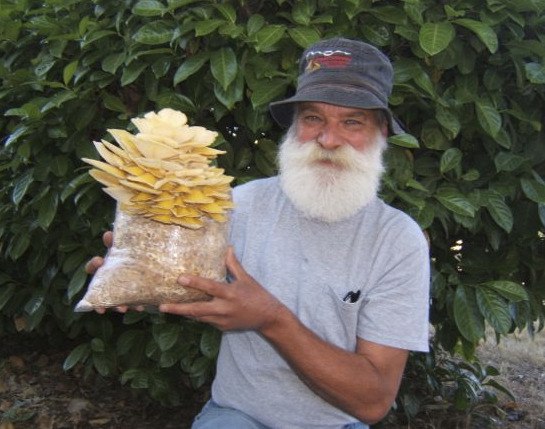Wild Mushroom Show
When: 10 a.m.-4 p.m., Saturday, Oct. 18.
Where: Elk’s Sequim Lodge, 143 Port Williams Road
Cost: Free
More info: www.olymushrooms.org
As fall settles into the Dungeness Valley, the sunlight shifts, the rain begins, the broad leaves of the maple trees turn varying shades of burnt orange and a variety of wild mushrooms emerge from beneath the forest’s sleepy floor.
Fall also marks the beginning of many long days for mushroom enthusiasts. To ensure those gearing up to scramble along hillsides, peer under countless decaying logs and delve deep into the woods via forgotten logging roads are prepared, the Olympic Peninsula Mycological Society is preparing to host its annual fall wild mushroom show.
Since the 1970s, the nonprofit, volunteer organization has grown to include more than 200 members from Port Angeles to Port Ludlow, with the majority from Sequim. Every fall the OPMS volunteers organize a wild mushroom show to educate people on the plentiful array of wild mushrooms that grow nearby.
Emphasis on education
“The show is a big deal because it is a real service to the community,” Jim Deckman, OPMS president, said. “People really need to know what mushrooms are safe to eat and what aren’t.”
This week volunteers will be scouring the damp crevasses of the surrounding area collecting as many mushroom species possible to display at the show. Last year 180 species of mushrooms were present for comparing and contrasting.
Most, if not all the mushrooms harvested for the show are found within a 30-mile radius of the Sequim area, Deckman said. And, with so many types of mushrooms growing locally, it highlights the importance of knowing which are dangerous to people and/or pets.
“This area is one of the best in the world (for mushroom hunting),” Deckman said. “It would be really hard to duplicate given the total number of species available around here.”
After the mushrooms have been collected, a couple of well-versed identi-fiers and members of the OPMS identify the species and organize them into three categories: edible, questionable and poisonous. Each mushroom is then delicately displayed on a bed of moss collected (with a permit) from Olympic National Forest for public viewing.
The public also is invited to bring in their own specimens for help with identification, Deckman said. Books and mushroom apparel also will be available.
A growing interest
Until about three or four years ago, the wild mushroom show drew a relatively small crowd of about 250 people, but since then the show has increased in popularity and continues to grow in attendance. Likely because it was such a “good mushroom year,” in 2012 about 1,200 people came to the show, Deckman said. Last year the attendance dropped to 750, but Deckman anticipates this to be another good mushroom year given the right combination of moisture, sun and temperature.
Mushrooms are a unique thing in that many people are drawn to mushrooms for a variety of reasons, Deckman explained. For Deckman, he enjoys the getting outside and into the woods aspect as well as painting and drawing mushrooms. Additionally, photographic, culinary and scientific interests are commonly found among mushroom lovers.
“More and more people are focusing on the ecological roles mushrooms play in their environment,” Deckman said. “Mushrooms can metabolize toxic material into non-toxic material.”
No matter what facet of the mushroom world draws someone to become a mushroom hunter, individuals within the mushroom community tend to be fairly tight-lipped about their secret spots.
“Every mushroom hunter probably has one piece of paper with two sides,” Deckman said. “On one side they have their special spot where they seek a certain type of mushroom they really like and on the other side a list of places they would take someone.”
Fortunately for both experienced and inexperienced mushroom hunters, Sequim and the surrounding area offers an abundance of mushrooms, but with so many species also comes the increased need for knowledge, especially before ingesting anything, Deckman said.
Reach Alana Linderoth at alinderoth@sequimgazette.com.


